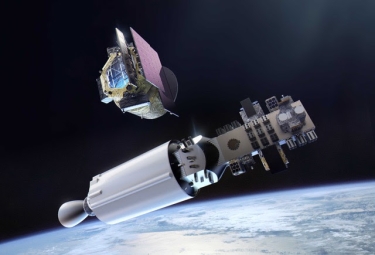The future satellite servicing infrastructure departed at 9:05am AEDT on 5 March from Vandenberg Space Force Base in California aboard SpaceX’s Falcon 9 rocket during the Transporter-10 mission.
Following its liftoff, Optimus, weighing 270kg, will prioritise reaching its orbital slot where it will then commence its full testing campaign.
The satellite will provide existing space infrastructure and life-extension services, inspections, repairs, and assistance on-orbit.
|
|
According to Australian media, the satellite was designed to repair and refuel other space infrastructure and will also test printed solar cells developed by CSIRO.
The satellite features technology created by other Australian organisations including an inertial navigation system from Advanced Navigation, fiducial markers from Orbit Fab to help orient the vehicle, and non-Earth imaging camera from HEO, ABC reported.
The satellite launch is part of the growing number of launches heralded by Australian organisations.
ABC reported Canberra-based firm Skykraft launched five satellites in January as part of its plan to build a network of 200 to monitor air traffic.
Last December, the University of Melbourne launched a research satellite. Gold Coast company Gilmour Space is planning to launch a rocket into low-earth orbit in 2024 after gaining approval for its spaceport in Bowen, in north Queensland.
“The successful launch of Optimus opens up new possibilities for how satellites are launched and operated. We believe it will transform the economics of space infrastructure. As the foundational asset in our architecture of servicing vehicles designed to repair, refuel, upgrade and relocate other satellites, Optimus enables us to provide services to extend satellite lifetimes, reduce space debris and sustainably scale space activities,” Space Machines CEO Rajat Kulshrestha said.
“We are thrilled that our vision of robotic satellites sustaining our space infrastructure is one step closer to becoming a reality,” Kulshrestha said. “And this is just the beginning.”
This first appeared in the subscription newsletter CommsWire on 06 March 2024.











































